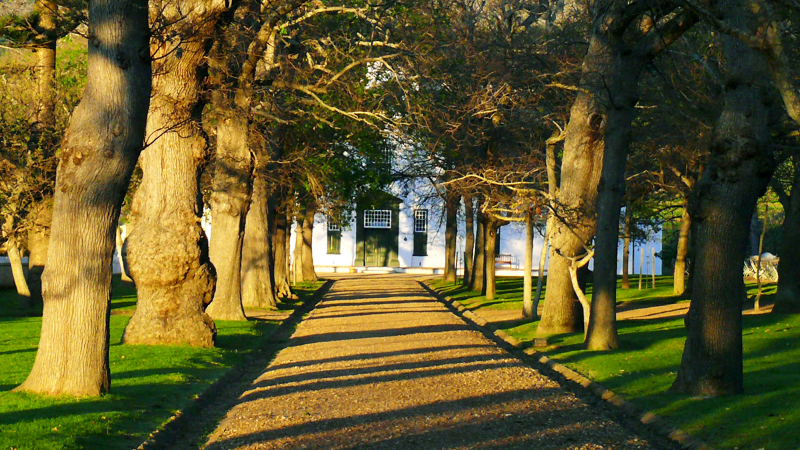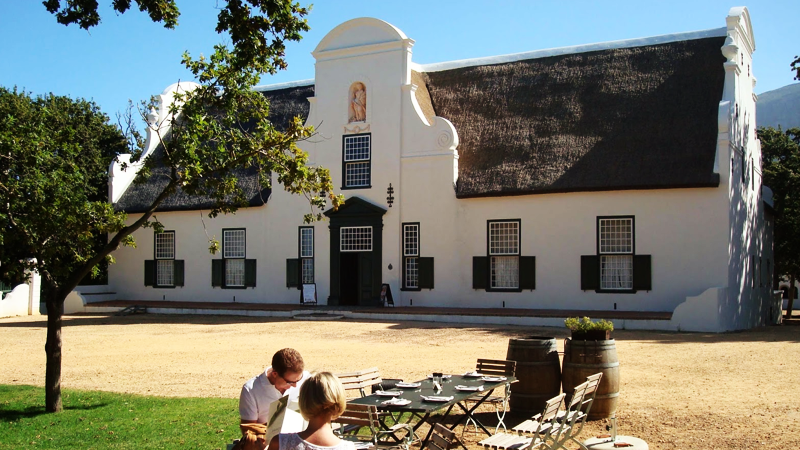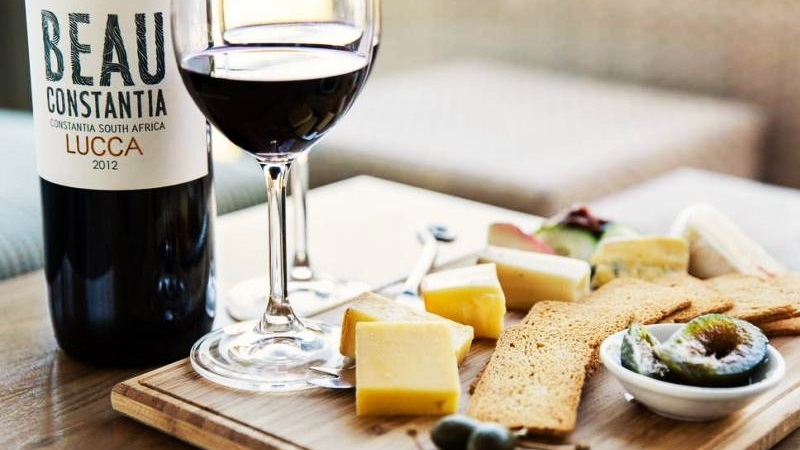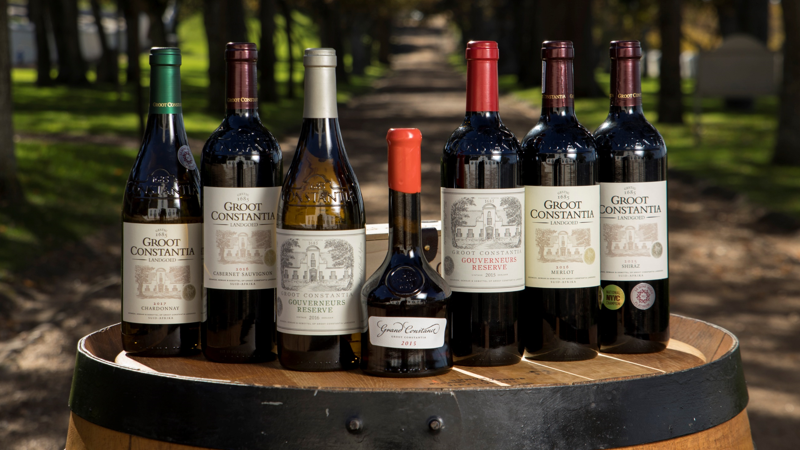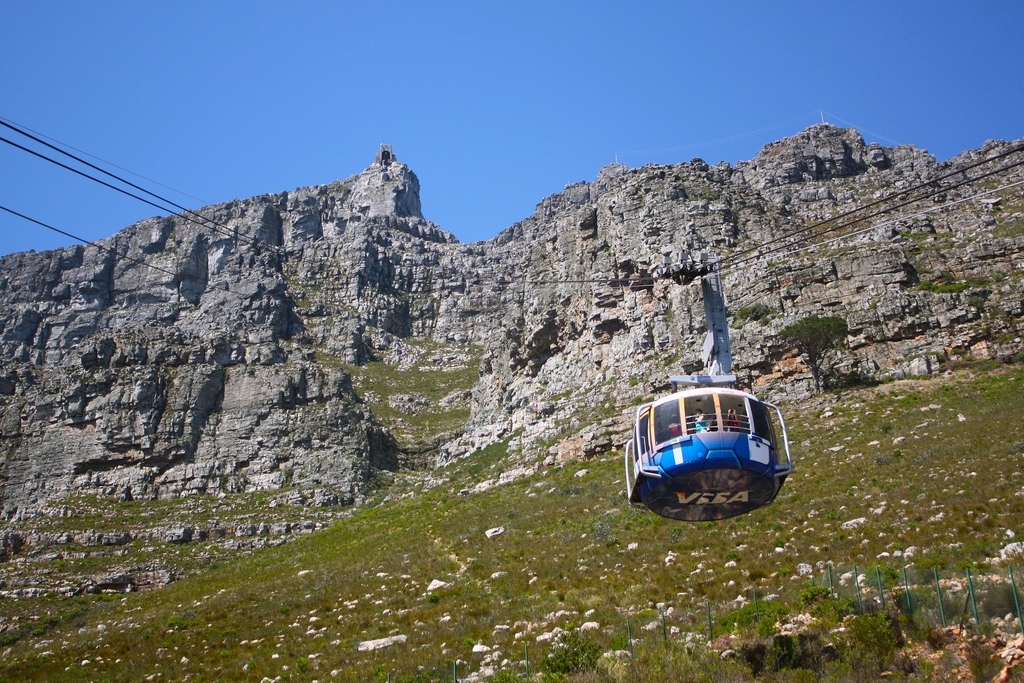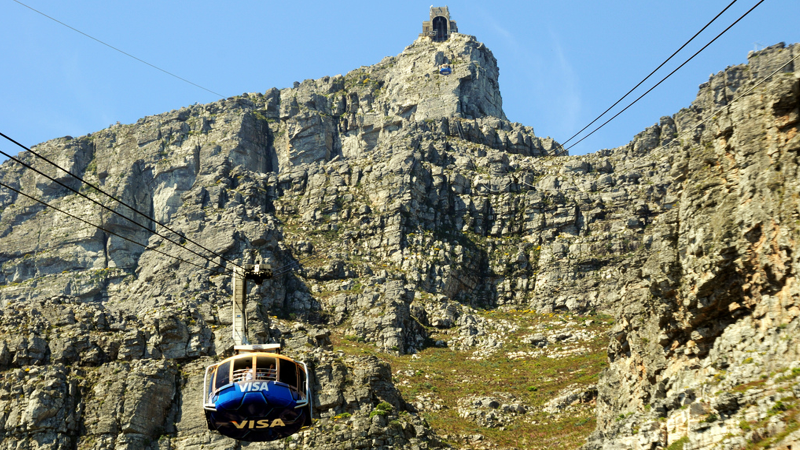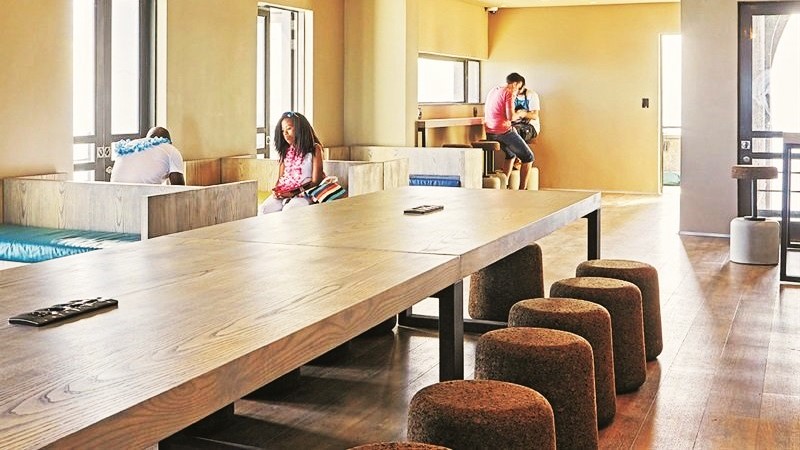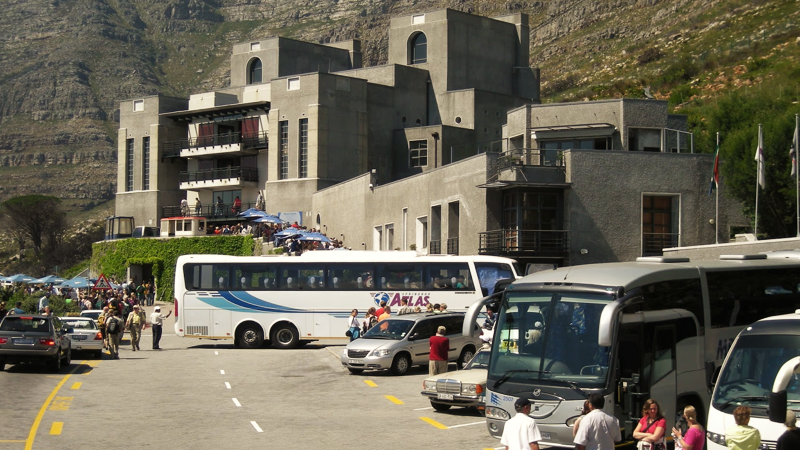Guide to the Cape Winelands for tourists
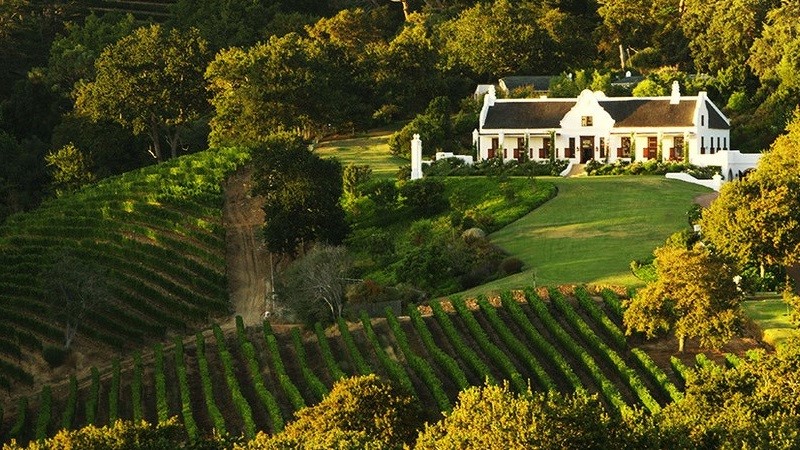
If you’re planning a Cape Town trip or thinking about visiting Cape Town in South Africa, then you don’t want to skip the Cape Winelands. This scenic tourist destination provides unique and breath-taking views of SA’s Western Cape province. It’s also a place where travellers can sample selections of the world’s finest wines and see exactly how they’re produced. An amazing experience for both the old and the young!
Historical tourist attractions like Table Mountain, Lion’s Head and Boulders Beach are great, no doubt about it. However, you haven’t experienced the Western Cape completely until you’ve explored the Winelands and best wine tasting locations in Cape Town. This brief guide provides information to help you do just that.
About the Cape Winelands
The Winelands region in the Western Cape is situated to the north-east of Cape Town, approximately 40 kilometres away from ‘the Mother City’. Offering some of the most majestic scenery in all southern Africa, the area is rich in natural beauty and cultural heritage. The regional landscapes come together in the form of impressive mountains, lush green vineyards and gable-ended Cape Dutch farmsteads. Truly lovely!
In the Winelands, tourists can tour various wine estates to learn about wine production and taste South Africa’s world-renowned wines. Visitors can also stroll down attractive streets in historical town centres and visit monuments, museums and other attractions. There are outdoor activities such as hiking in most towns. Local restaurants, a few of which offer food and wine pairings, are some of the best in the country.
The Cape Winelands in South Africa cover a land mass of more than 22,000 square kilometres, incredibly (8,495+ square miles). Franschhoek, Stellenbosch, Paarl, Wellington and Tulbagh are the towns which make up the backbone of the wine-producing region. Their wine routes account for hundreds of grape and wine producers, with grape cultivation in the large valleys dating all the way back to the 17th century.
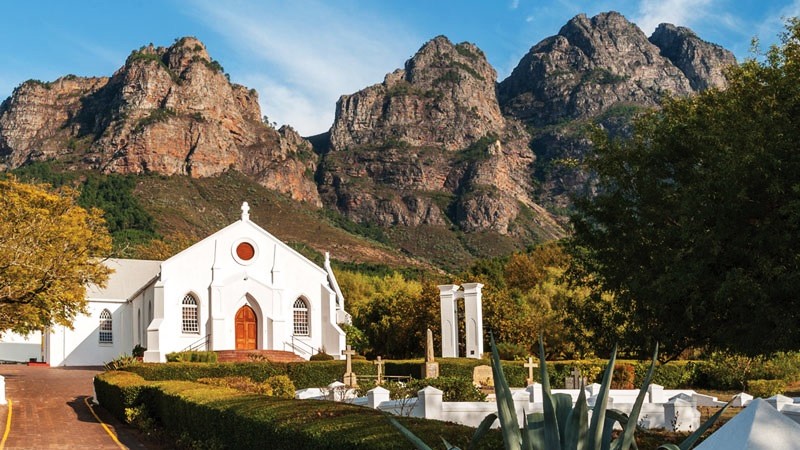
Top wines from the Winelands
Many top South African wines are produced in the Cape and then exported to other countries for sale and consumption. As a matter of fact, South Africa is one of the top 10 wine producing countries in the world. In other words, that favourite red, white or rosé that you love sipping on might be from the Cape Winelands. Moreover, it is possible for wine lovers and connoisseurs to visit the wine land that produces it.
The most celebrated wines from the Winelands, also known as the “Boland” (Afrikaans for “land above”), are Pinotage and Chenin Blanc, the former being a cross between Cinsault and Pinot Noir. Other popular wines from the Winelands include Chardonnay, Sauvignon Blanc, Cabernet Sauvignon, Shiraz and Merlot. Additionally, the area produces various red and white blends that people commonly purchase and consume.
Different wine routes in the Winelands
The Winelands of the Western Cape have many different wine routes. They are known for offering great wine tour experiences, particularly the larger ones. Stellenbosch, Paarl, Wellington, Franschhoek and Tulbagh are the traditional routes in the Cape Winelands. Then there are wine routes such as Constantia, Durbanville, Darling, Walker Bay and Helderberg, amongst others. A lot of these are an easy and convenient drive from Cape Town.
Most South African vineyards/wine farms can be found near the coast. The mild Mediterranean weather here is ideal for growing grapes, yielding up to 990 millimetres (39 inches) of rainfall yearly. There are currently around 560 wineries and 4 400 primary vineyard producers in the Cape. The Wine of Origin Scheme divides these into the regions of Boberg, Breede River Valley, Cape South Coast, Coastal, Klein Karoo and Olifants River.
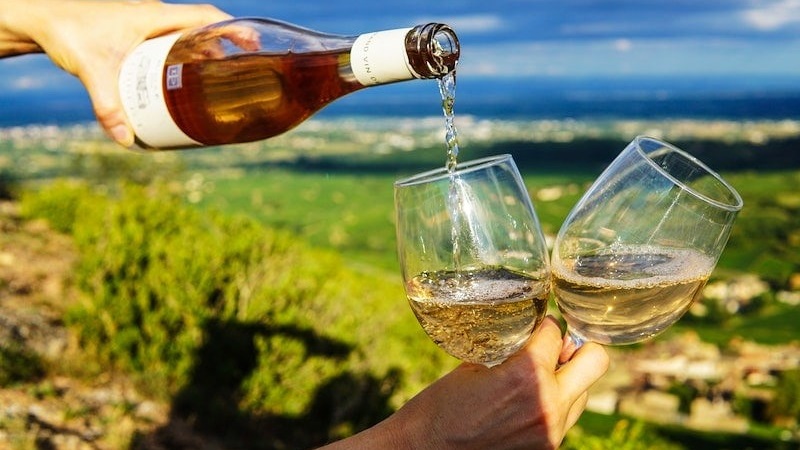
Winelands tours in the Western Cape
There are a number of companies that offer private and group tours in the Cape Winelands. Unfortunately, not all are reputable, so it’s advisable to learn about the company you plan to tour through. At Hike Addicts, we offer a full-day Winelands tour and a half-day Winelands tour. Both affordable options provide pick up and drop off to accommodation, wine tastings at amazing wine estates with a certified tour guide and good food.
Full-day tours are suitable for local and international tourists planning to spend a day or more in the Cape. There’s certainly no shortage of accommodation and things to do. Half-day Winelands tours are appropriate if you’re going to be travelling to multiple provinces/cities/countries and will have limited time. The half day wine trip lasts roughly 4.5 hours, whereas full day tours in Stellenbosch and Franschhoek typically take up 8 hours.
More to the Winelands than just wine tasting
While wine tasting is the main reason people tour the Cape Winelands, it’s not the only reason. As mentioned, there are attractions and activities in towns. In Stellenbosch, specifically, visitors can hike, take e-bike tours, go on off-road scooter adventures, zipline in the forest and visit Butterfly World and the Dylan Lewis Sculpture Garden. It also has a farmers’ market and places to eat, notably a township theatre-restaurant.
In Franschhoek (“French Corner” in Afrikaans), tourists can enjoy chocolate tasting, mountain biking, visits to art galleries and antique stores, spa treatments and much more. This town is well-known for its excellent restaurants and accommodation establishments. Then, of course, in nearby Cape Town, there are full-day city tours and activities such as whale watching, shark cage diving and quad bike and horseback safaris.
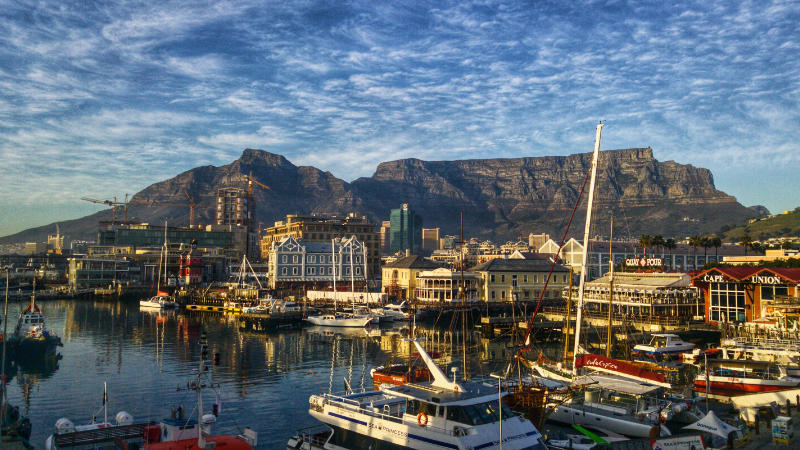
Tips for travellers touring the Cape’s Winelands
- Start by tasting dry white wines first. Then, move on to red wines, and lastly, sweet wines. Sparkling wines are useful for clearing the palate in between. It’s best not to swallow all the wines; use a spittoon.
- There are cellars that don’t accept outside glasses and require that wine tasters purchase one. This can be a good thing, as wine glasses make for nice souvenirs. Ask if there’s a limit to how much you can taste.
- Most cellars sell boxes of select vintages that come stylishly packaged. You can give these away to people as gifts! You can also purchase mixed wine cases and have them delivered to wherever you want.
Interested in visiting the Cape Winelands in South Africa for a wine tasting tour? Book now through our website or contact us here for more information.

